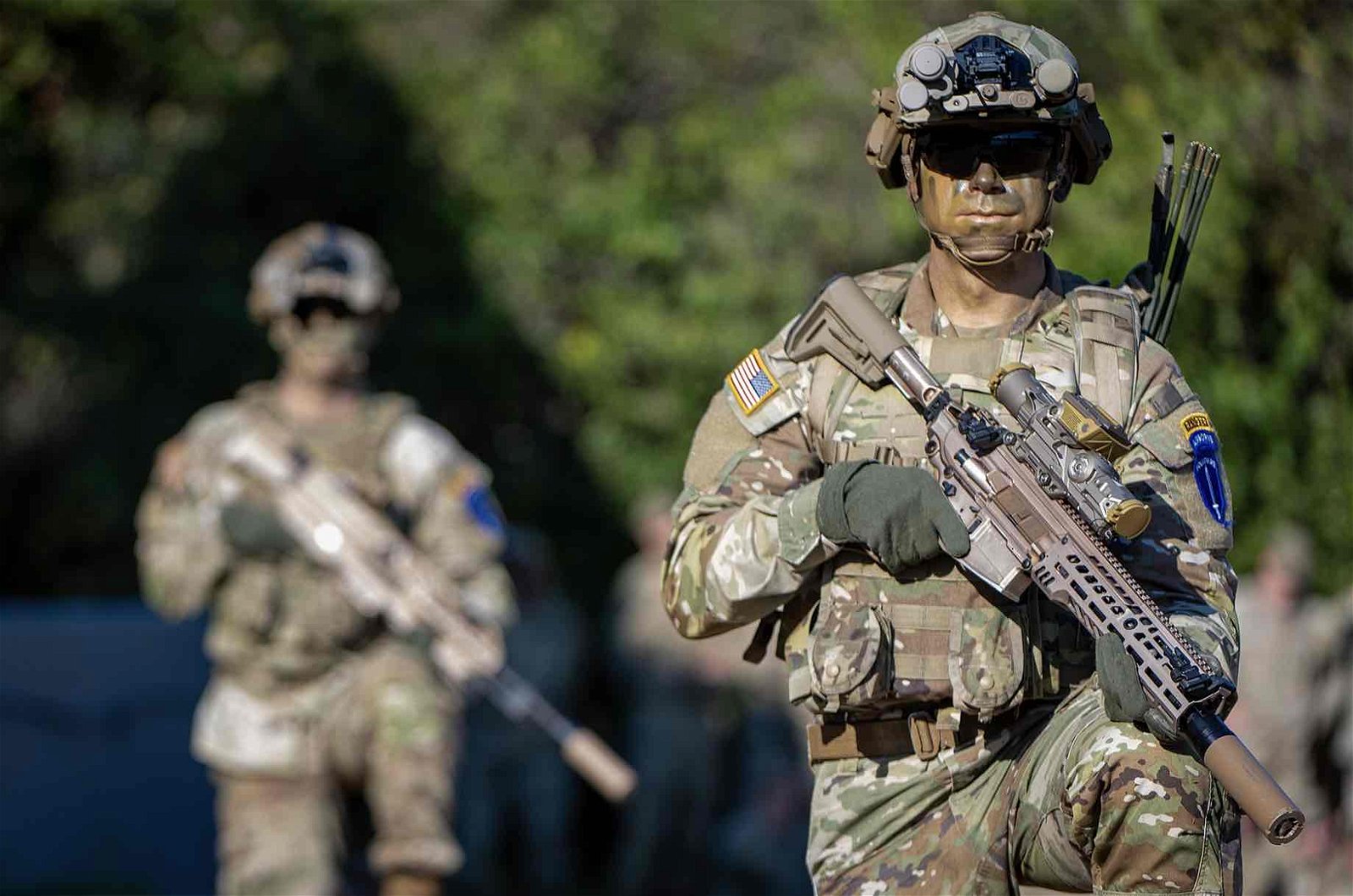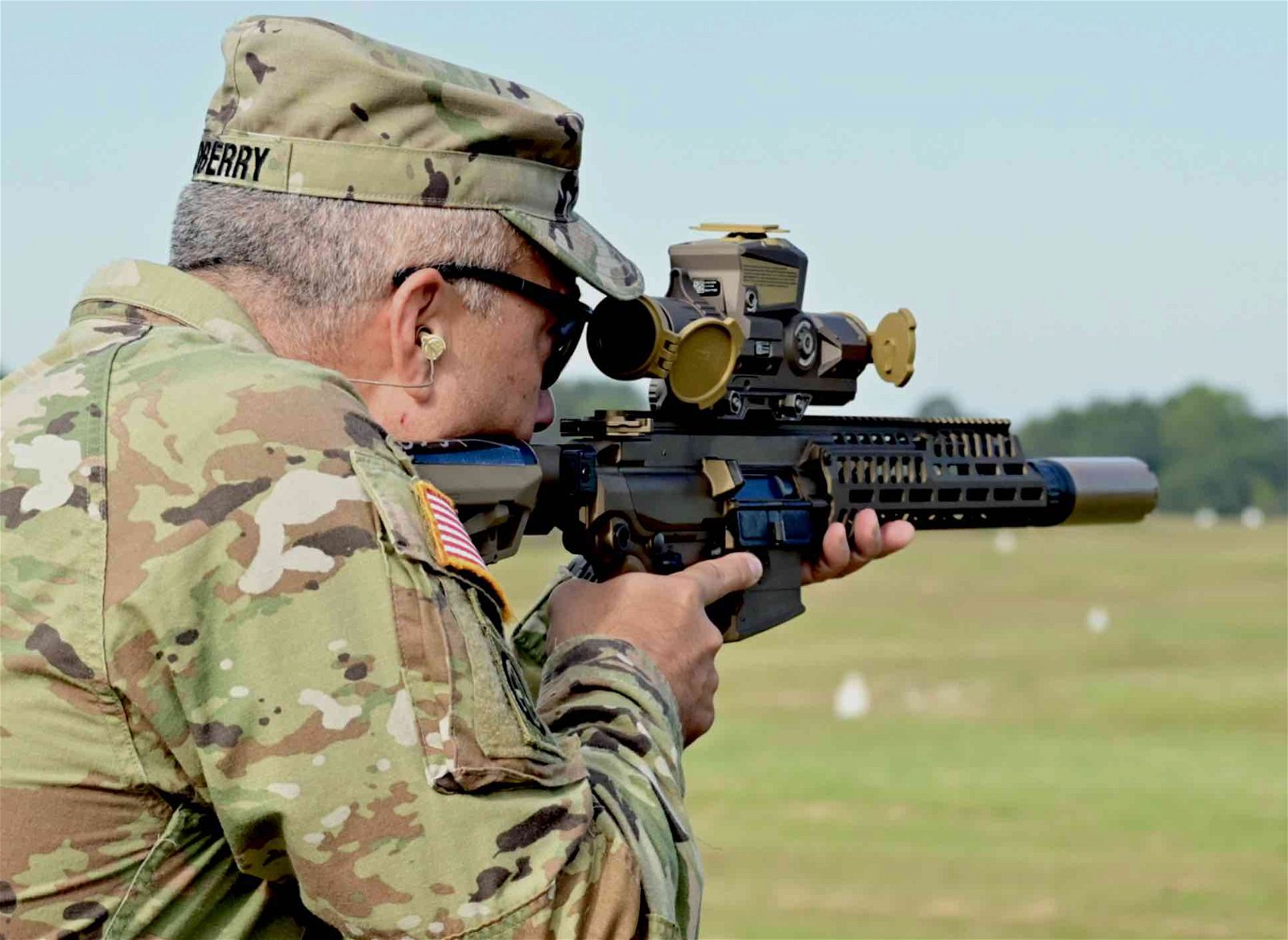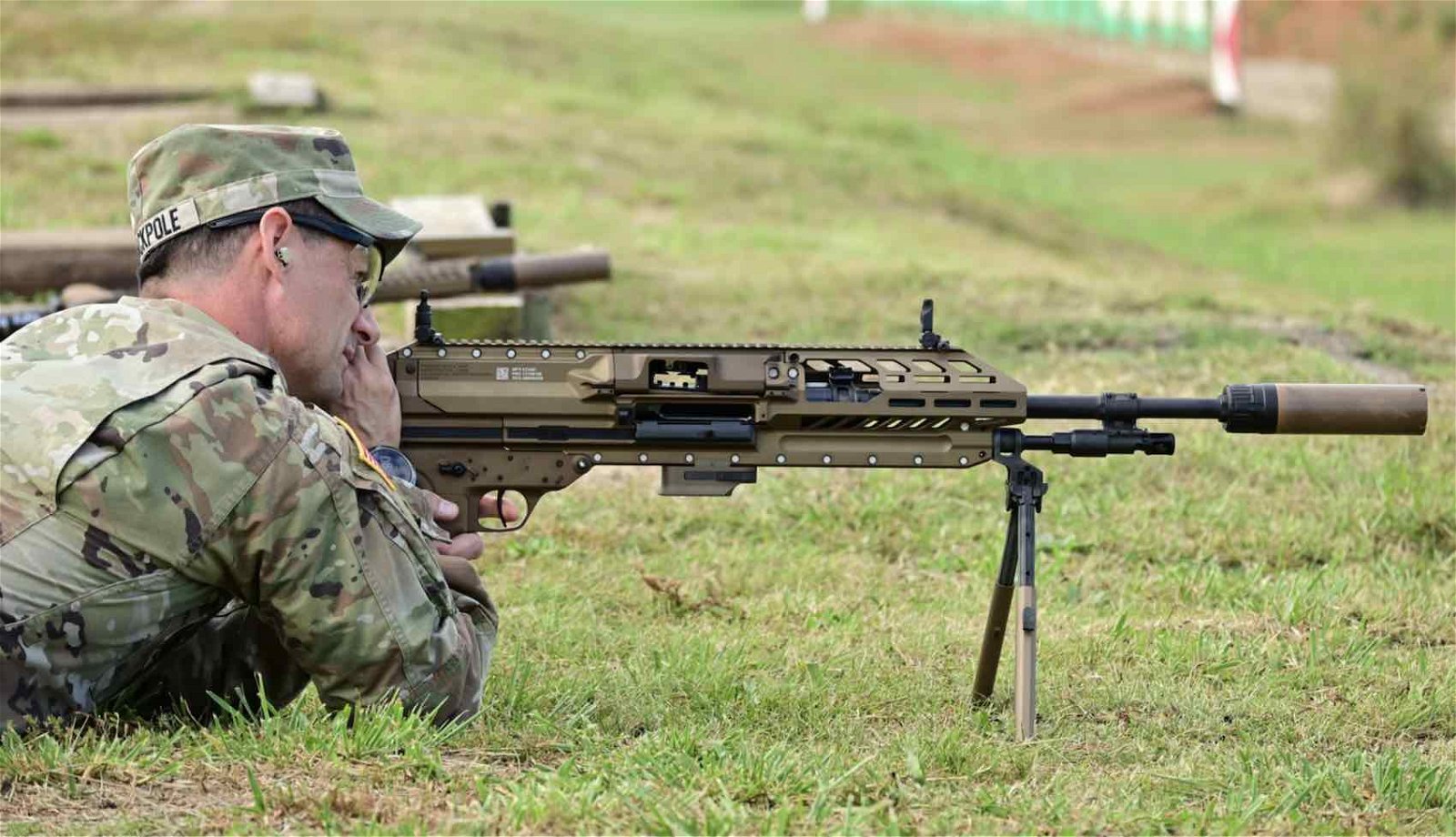The U.S. military is equipping its Army units with Next Generation Squad Weapon (NGSW) systems in advance of spring training exercises that will begin this month.
Officials said last week that troops with the 101st Airborne Division (Air Assault) at Fort Campbell, Kentucky, officially became the first to be fitted with next-generation weapons.
The new weapons entering use at Fort Campbell were produced under a contract awarded to SIG Sauer and include the new XM7 rifle, based on the company’s SIG MCX Spear multi-caliber rifle, and the new XM250 automatic rifle, based on the company’s SIG MG 6.8.
Along with the new rifles, the 1st Battalion, 506th Infantry Regiment, was provided with the requisite 6.8mm cartridges and the new XM157 fire control advanced optic. The weapons, which are now undergoing their first official fielding, previously underwent testing with soldiers at Fort Campbell beginning in late 2023.
Initial training with the NGSW systems was completed in December, according to an Army release.


The Next Generation Squad Weapon Program
The U.S. Army’s NGSW program has roots going back nearly a decade, with its official creation in 2017 resulting from an assessment ordered by Congress to evaluate upgrading the Army’s M4 carbines with the Special Operations Peculiar MODification (SOPMOD) kit, an accessory system used by U.S. Special Operations Command (SOCOM) and other units for weapons that include the M4A1 carbine, HK416, CQBR, and FN SCAR Mk 16/17.
The assessment determined that the 5.56mm M4 carbine remained the favored weapon among U.S. soldiers due to its performance and reliability, even under the most trying conditions. Due to their popularity, it had initially been considered whether to merely retrofit M4s with free-floating rail systems.
Ultimately, findings released by the U.S. Army’s Soldier Enhancement Program in late 2017 led to the adoption of the NGSW program, which would offer a cost-effective means of replacing both the M4, the M249 SAW light machine gun, and the 7.62 mm M240 machine gun with the 6.8mm family of ammunition and providing small arms fire-control systems for each weapon.
In With the New
Weighing just under 9.4 lbs (4.46 kg) when fitted with a suppressor, the MX7 will be procured only for close combat forces. A total of around 107,000 of the rifles will be delivered initially, with added capacity available if the U.S. Special Operations Command and the U.S. Marine Corps are eventually included. If it is officially issued, the rifle will eventually only be referred to as the M7.
Given the popularity of the XM7’s predecessor, the M4, some soldiers have remained skeptical of the institution of the new NGSW systems.
“When we first started the LUT, I was very against the NGSW-R,” said Staff Sgt. Ivan Alvarez, a Squad Leader with Alpha Company, in a statement last December.


“I’m used to the M4 — it’s lighter — I’m used to the recoil, the engagements, everything the M4 has to offer. But, as we went through the LUT with the NGSW-R, I can see the capabilities that it brings to an infantryman, especially at a longer distance,” Alvarez said.
More than 25,000 combined hours were spent developing and testing the new weapons. In the months ahead, the NGSW program weapons will begin to see fielding by special operations, infantry, and other close combat forces. However, the Army says that operational testing of the new NGSW weapons does not necessarily mean the weapons will enter widespread use in the years to come.
Lt. Col. Mark Vidotto, from the Army’s Soldier Lethality Cross-Functional Team at Fort Moore, Georgia, said that the development of new equipment and subsequently getting them into the hands of soldiers always leads to a few challenges and that the on-schedule delivery of the new weapons is promising.
“It was a team effort from start to finish,” Vidotto said in a statement issued last week.
Micah Hanks is the Editor-in-Chief and Co-Founder of The Debrief. He can be reached by email at micah@thedebrief.org. Follow his work at micahhanks.com and on X: @MicahHanks.

